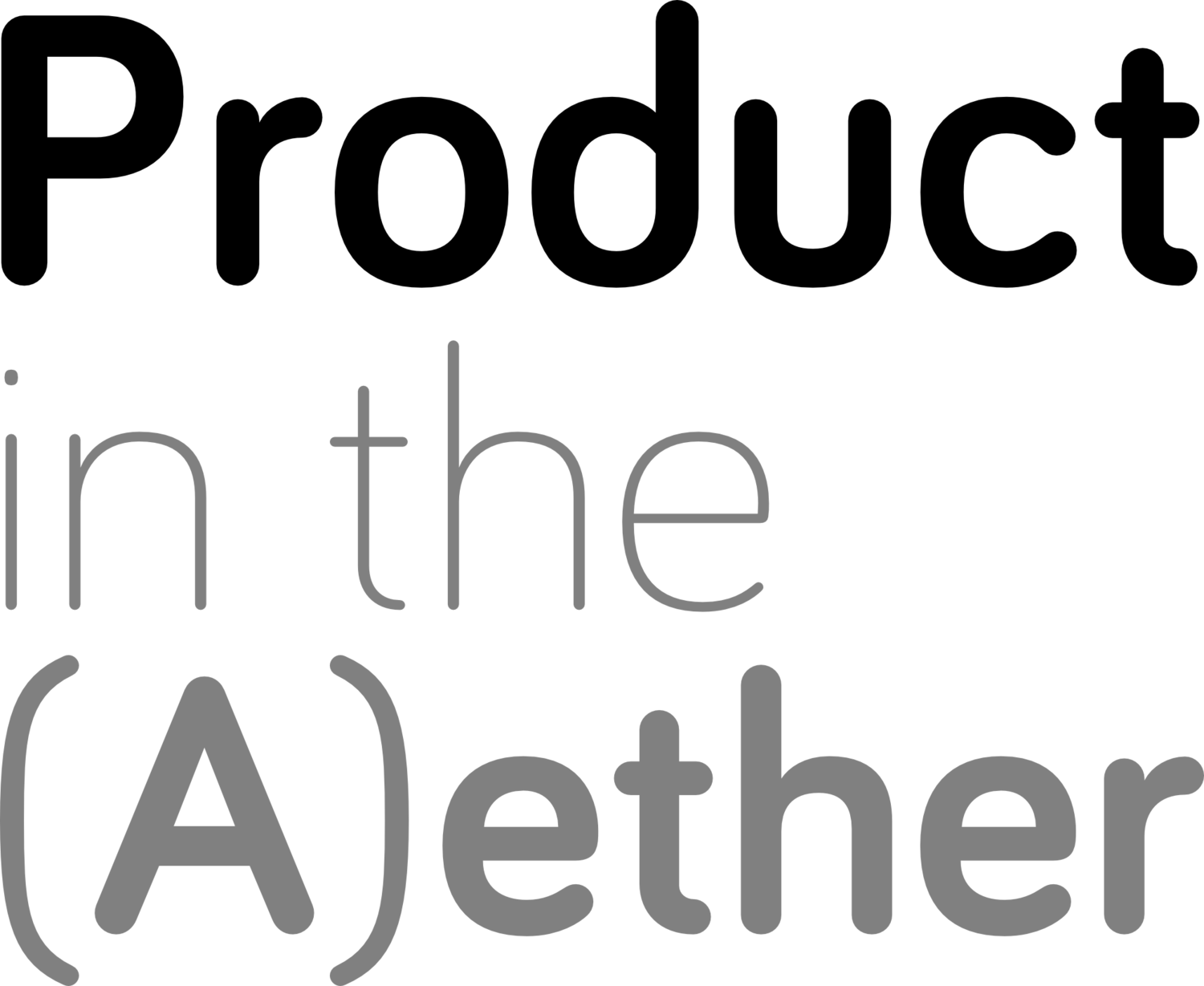PITA 004
TOPIC 1: Remote Discovery & Framing
Resources popping up everywhere
There’s a lot more prep needed when doing these sessions remotely, and not enough time between meetings to do it properly
Pre-prep - worksheets or send things in before the call, set up the Miro/Mural board ahead of time - allow for more anonymised ideas as well and a more open discussion
Liberating structures, in smaller groups in breakout rooms
Two facilitators - one lead, one helping, then flip
More tiring than a normal session - split it amongst 2 days
Schedule in time to review
How to create serendipity
Create happy hour, social coffee, other non-work calls
Donut and Shuffle. Dungeons&Dragons. Board games.
TOPIC 2: Selling the value of Product in an organization that’s never had Product before (and might not understand it)
Cost of delay/cost of team doing the wrong things
Find the zombie features - call out the waste, quantify the cost
Show the value of disrupting yourself
Show the value of the product mindset
This can be painful and take a long time - use a failure to pivot them
If it’s too hard and frustrating, are you even in the right company? Maybe if you’re not invested in it, it could be time to leave
Does everyone need a product mindset? Figure out the problem that they have and work from that. Continuous improvement from an iterative project perspective
Are there any direct comparisons with competitors? Make it personal. Find case studies where product companies are winning.
TOPIC 3: Frantically Changing Priorities vs strategy
Lots of commiseration
Teresa Torres, Opportunity Solution Tree
Impact Mapping
Focus on business continuity plans - how can we hep shape these for the future?
https://www.texasmonthly.com/food/heb-prepared-coronavirus-pandemic/
TOPIC 4: What does your Product Strategy look like
Tech focus vs behaviour focus
Start with vision, mission, etc
Factor in assumptions, opinions etc from stakeholders
Make it deliverable
Communicate it
Understand the org’s history - why are they organised the way they are? What are the stakeholder’s motivations/rewards?
Separate strategy from roadmap
Good Strategy, Bad Strategy book, https://amzn.to/2XkPPvi
Quote regarding bad strategy:
Fluff. Fluff is a form of gibberish masquerading as strategic concepts or arguments. It uses “Sunday” words (words that are inflated and unnecessarily abstruse) and apparently esoteric concepts to create the illusion of high-level thinking.
Failure to face the challenge. Bad strategy fails to recognize or define the challenge. When you cannot define the challenge, you cannot evaluate a strategy or improve it.
Mistaking goals for strategy. Many bad strategies are just statements of desire rather than plans for overcoming obstacles.
Bad strategic objectives. A strategic objective is set by a leader as a means to an end. Strategic objectives are “bad” when they fail to address critical issues or when they are impracticable.
Rumelt, Richard. Good Strategy Bad Strategy (pp. 31-32). The Crown Publishing Group. Kindle Edition.
TOPIC 5: Onboarding a New Direct Report, Remotely
Default orientation on a monday and friday
Weekly retro
1:1s with lots of different people/functions set up for them, 30 mins
Shadowing opportunities - attending, running
Remote lunch for the practice (social)
Daily 30 min Q&A between boss & report for the first period
Screen sharing for collaboration/alignment
Try and get them physical kit ahead of start date, if possible - and flowers for the first day!
Get them to start a wiki/dictionary of terminology - and get other new starters to extend it

